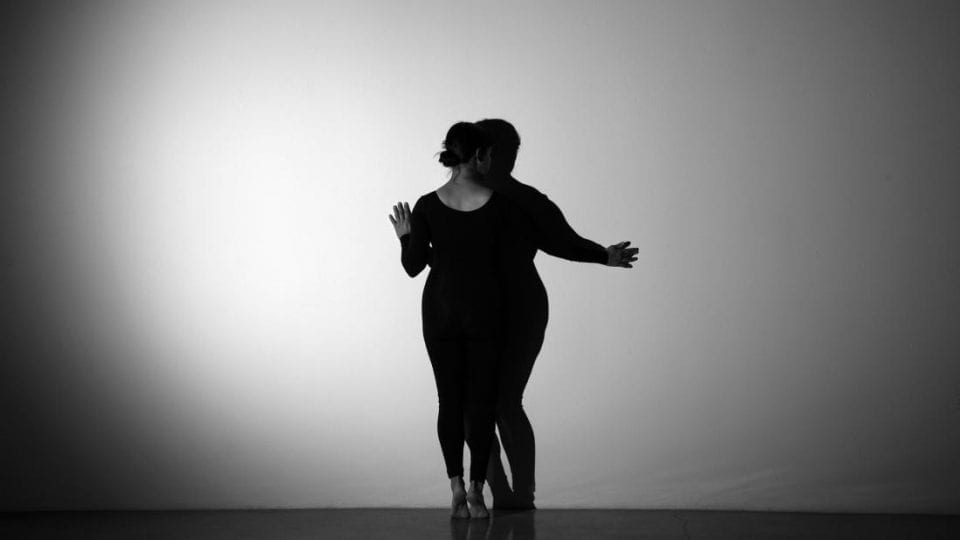Even before you’ve reached the bottom of the staircase, you can hear her. It’s legendary singer Eartha Kitt, whose plaintive ballad protesting racial discrimination, Paint Me Black Angels (Angelitos Negros), reverberates through the lower-level gallery. Tears stream down Kitt’s cheeks in her 1970 performance, in which she asks why only white angels appear in church and asks painters “how come you forget the blacks?”
For her 2016 interpretation of the song, Mickalene Thomas created a 23-minute, eight-channel video collage where she performs the song along her partner Racquel Chevremont, an actress and Kitt. The images and audio are spliced in such a way that the four women easily become one.It’s a plea to which Thomas responds in her work, an ode to black beauty and womanhood that has gained further resonance in contemporary America.
The piece is just one example of appropriation and recreation featured in ICP’s survey of an intergenerational group of women artists from the 1990s to today exploring the self in its multiplicity rather than its singularity. In her Multiple Exposure series (1999), Christina Fernandez took photographs of existing images of women by celebrated photographers such as Manuel Álvarez Bravo, then layering a pale image of herself on top.
Barbara Hammer almost transcends her body in What You Are Not Supposed to Look At, a series of photocollages she created during a cancer scare whilst travelling in Scotland in 2014, combining X-rays of her own body with images of her nude surrounded by medical equipment in a complex layering process. Geta Brătescu, Wangechi Mutu and Lorna Simpson similarly explore the tension between fragility and defiance in their own collages.
Roni Horn’s This is Me, This is You (1997-2000) features two grids of 48 photographs each of Horn’s niece taken in that fleeting moment of intense change from childhood to the teenage years, and hung on opposite sides of a wall. Whilst the two images in each pair were created just moments apart, it’s almost impossible to tell the differences accurately because each image is hung on a different side of a wall.
Olivia Hampton
Multiply, Identify, Her, ICP, New York. Until 2 September. For more information, click here.
Credits:
1. Gina Osterloh, Courtesy the artist, Ghebaly Gallery, Los Angeles; Higher Pictures, New York; and Silverlens, Manila.
Join the Conversation. Follow us on Instagram, Twitter, Facebook and Pinterest.





